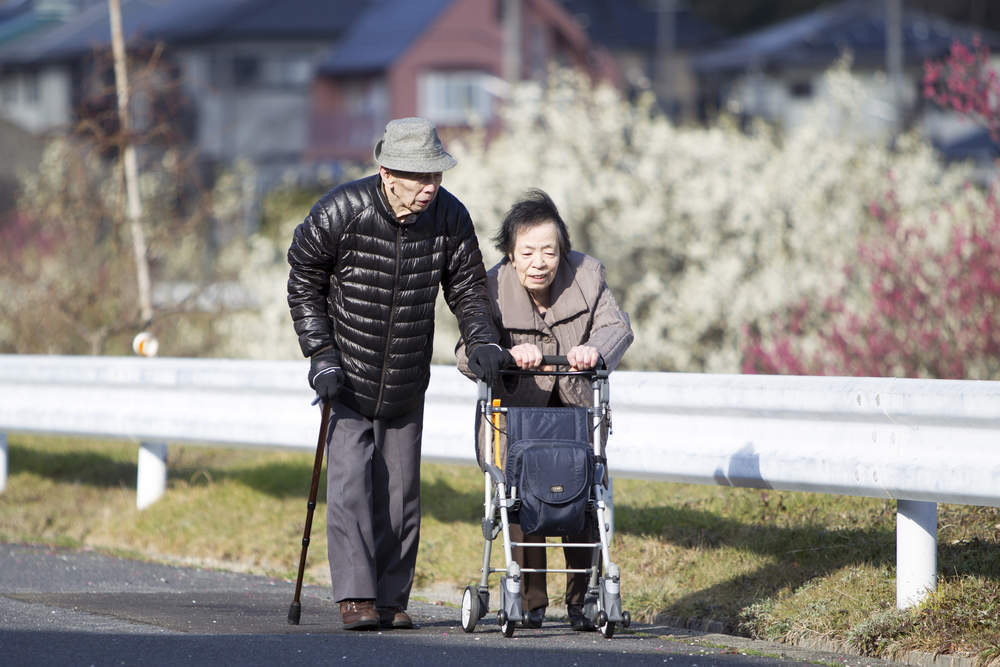Across the world, people are living longer and healthier lives, a study by the Imperial College of London shows.
It expects that by 2030, all of the 35 countries it investigated will see increases in life expectancy for men and women alike.
Historically, women have enjoyed longer lives than men, due to a healthier diet and lower consumption of cigarettes and alcohol.
However, this gap is beginning to close as more men adopt a healthier lifestyle to more closely match their female counterparts.
By 2030, women in South Korea are expected to have the longest life expectancy, with an average of 90.8 years.
This has been attributed to many things, chief among them being a comprehensive health care scheme as well as a health-focused diet and lifestyle.
How well do you really know your competitors?
Access the most comprehensive Company Profiles on the market, powered by GlobalData. Save hours of research. Gain competitive edge.

Thank you!
Your download email will arrive shortly
Not ready to buy yet? Download a free sample
We are confident about the unique quality of our Company Profiles. However, we want you to make the most beneficial decision for your business, so we offer a free sample that you can download by submitting the below form
By GlobalDataSurprisingly though, of all the highly developed countries, the US comes dead last for life expectancy, with an expected age of 83.3 for women and 79.5 years for men.
This is comparable to countries like Mexico and Croatia.
These numbers have been attributed to less healthy lifestyles as well as a lack of universal healthcare. Tellingly, inequality plays a large part in lowering life expectancy in the US.
As life expectancy is calculated as an average across all races and economic backgrounds, higher childhood mortality and deaths among youths have large impacts on overall life expectancy.
If the US wants to raise the quality of its citizen’s lives to be on par with other developed countries, it should take steps to address this subtle but important problem.







